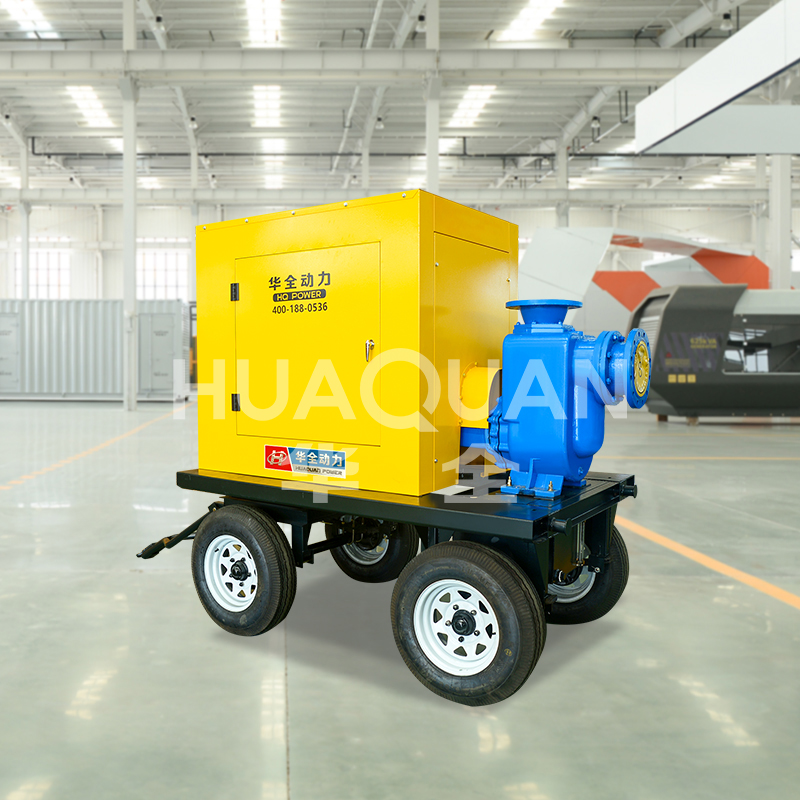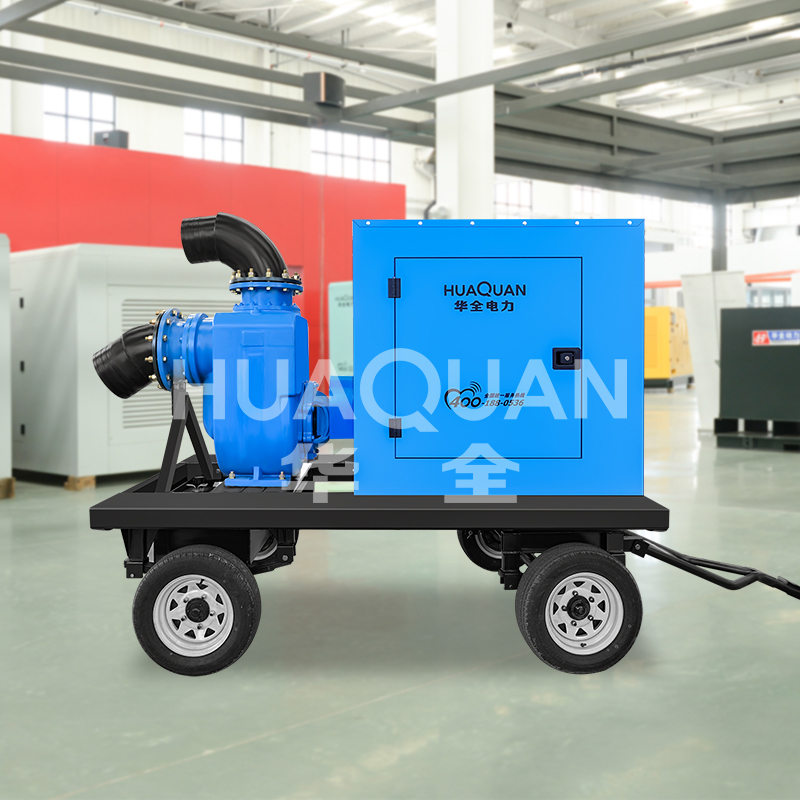Effectively storing Agricultural water pump during idle periods prevents performance degradation and extends their lifespan. And it can ensure that the Agricultural water pump can be put into work quickly when needed. These preservation techniques address storage-related failures common in agricultural equipment.
Complete Fluid Drainage
Always empty all water from the Agricultural water pump housing and piping systems before storage. Residual liquid in volutes or valves may freeze in winter or promote corrosion in humid climates, particularly damaging cast iron components.
Component Protection
Apply food-grade grease to exposed metal shafts of Agricultural water pump to create moisture barriers. For rubber components like diaphragms or seals, use UV-resistant coatings when storing equipment in sun-exposed areas.
Power System Preparation
Disconnect batteries from engine-driven Agricultural water pump, storing them separately in charged condition. For electric models, wrap control panels in vapor-proof materials to prevent circuit board oxidation during monsoon seasons.
Pest Prevention Measures
Seal intake and discharge ports of Agricultural water pump with breathable mesh caps. This prevents rodent nesting while allowing air circulation - crucial for preventing mold growth in submersible pump chambers.
Documentation Protocol
Attach maintenance logs to stored Agricultural water pump, recording final operating hours and any observed issues. This practice enables targeted servicing before the next irrigation season begins.
Following these storage procedures ensures your Agricultural water pump maintains optimal readiness for subsequent agricultural cycles while minimizing preseason maintenance costs.








